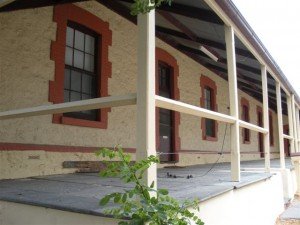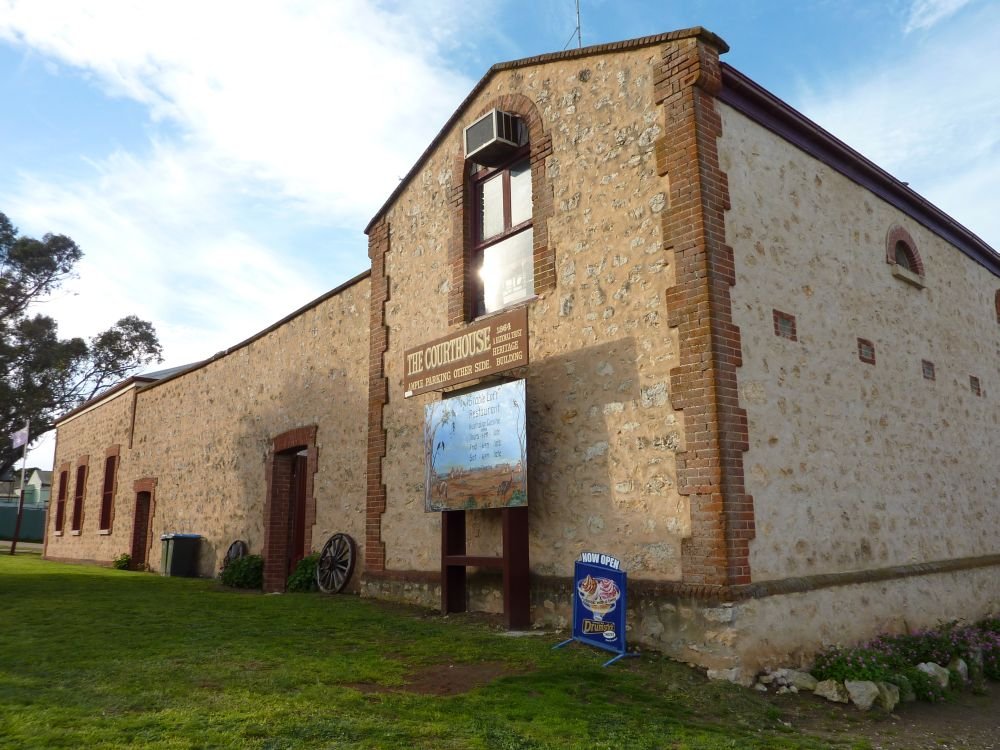What do the National Trust, the leader of the Country Women’s Association and a D registered building having common ? According to my research, absolutely nothing! My role in creating an interpretative brief for the Wellington courthouse has seen me follow several individuals through history; such research has often highlighted the common differences in the goals and priorities of those involved—the odds of archaeology.
In a series of letters I discovered an exchange between the National Trust and the leader of the Country Women’s Association (Murray Bridge sector). The Leader of the CWA, Jane Smith*, was rather passionate in her advocation for the Wellington Court. Several of her letters requested additional funding and attention from the Trust, however she was continuously met with apologies; the Trust was simply unable to facilitate such requests. Such an exchange provides an excellent example of the odds of archaeology and heritage management. While it was quite humorous to see that such formalities and niceties were lost over a period of several years, I was rather proud to see a single individual lobbying so passionately for something she believed in. To me the Wellington Courthouse is simply an assignment, to the National Trust it was a D registered building, but to Jane Smith it was a building of childhood memories and a crown jewel for Murray Bridge and South Australia alike.

The old Wellington Courthouse SA (source: http://www.wellingtoncourthouse.com.au/)
*For the sake of anonymity, names have been changed for the purposes of this post.


